Apple's A6 processor could be company's first custom-designed CPU core
A report on on Saturday reveals Apple's new A6 processor is actually the company's first attempt at designing a custom ARMv7 core, possibly debunking earlier claims that the silicon was using ARM's A9 or A15 Cortex designs.
When Apple unveiled the iPhone 5 on Wednesday, not much divulged in the way of technical specifications, including the exact nature and build of the new A6 processor powering the device. Some, including the well-versed Anand Shimpi from AnandTech, speculated that the chip was using ARM Cortex A15 processor cores, the next-generation of ARM architecture that has yet to be seen in a consumer device.
In a follow-up report, Shimpi has reportedly unearthed fresh evidence to support the idea that the A6 is "first Apple SoC to use its own ARMv7 based processor design." He goes on to say the CPU core, or cores, are not based on ARM's A9 or A15 designs, but "are something of Apple's own creation."
"It turns out I was wrong. But pleasantly surprised," Shimpi writes.
In coming to the conclusion that Apple custom designed the SoC's core, Shimpi whittled down the possibilities by delving into Apple's Xcode 4.5 development toolkit, comparing and contrasting certain features. He notes the newest version of Xcode dropped support for the ARMv6 instruction set architecture (ISA) used by the ARM11 core in Apple's original iPhone and second-generation iPhone 3G, while keeping support for the ARMv7 ISA used by current ARM cores. The software also added support for a new architecture designed to integrate with the A6's ARMv7s.
Shimpi goes into the technicalities associated with using the various ARM cores, including which compilers offer certain VFP version support, and came to the conclusion that Apple decided to go with either ARM's Cortex A9 or Cortex A15.
"For unpublishable reasons, I knew the A6 SoC wasn't based on ARM's Cortex A9, but I immediately assumed that the only other option was the Cortex A15," he said. "I foolishly cast aside the other major possibility: an Apple developed ARMv7 processor core."
Giving further clues to a custom-built core is Apple's claim that the A6 offers twice the performance of last year's A5 SoC with added bonus of extended battery life, a feat that cannot be accomplished by simply moving to Samsung's 32nm process. Samsung is responsible for the fabrication of the A-series processors, not the chips' design.
As for the A6 GPU, Shimpi believes Apple is using a higher clocked PowerVR SGX 543MP3 unit with a two 32-bit LPDDR2 memory interface.
While it is still unclear how many cores the A6 employs, a more detailed view of the processor's internal structure should be revealed next week when the iPhone 5 hits store shelves.
 Mikey Campbell
Mikey Campbell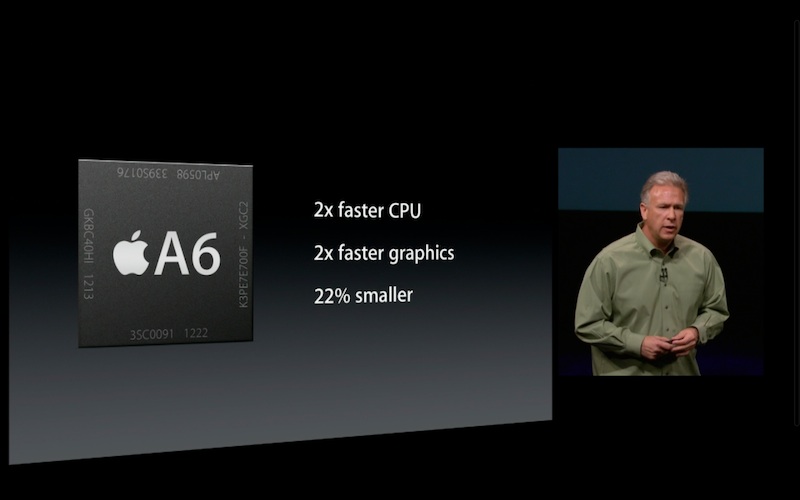

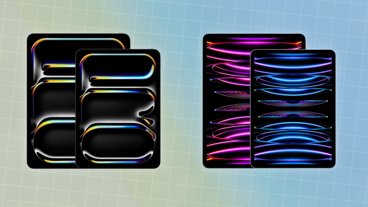
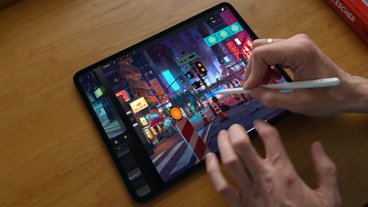

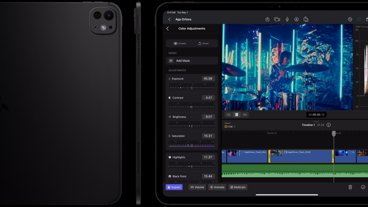






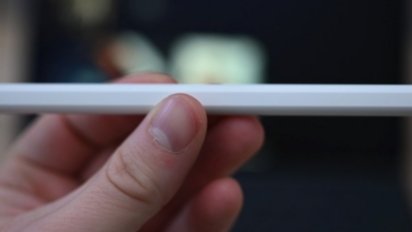
 William Gallagher
William Gallagher
 Mike Wuerthele
Mike Wuerthele

 Charles Martin
Charles Martin
 Christine McKee
Christine McKee
 Andrew Orr
Andrew Orr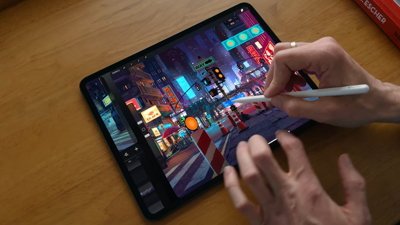
 Wesley Hilliard
Wesley Hilliard
 Malcolm Owen
Malcolm Owen

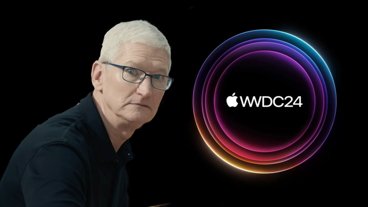
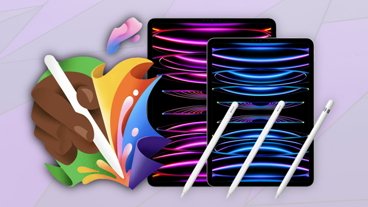

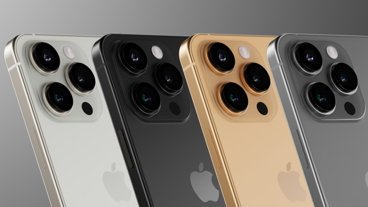
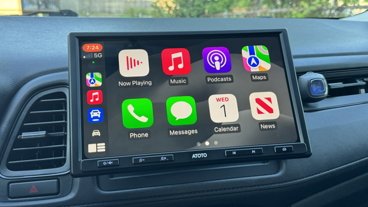



62 Comments
[QUOTE]"For unpublishable reasons, I knew the A6 SoC wasn't based on ARM's Cortex A9, but I immediately assumed that the only other option was the Cortex A15," he said. "I foolishly cast aside the other major possibility: an Apple developed ARMv7 processor core."[/QUOTE] You fool! Nobody expects the Spanish Inquisition!
Well at least now the fandroids can have their "A15 first!!!" conceit back. It's important for their self-esteem.
Well at least now the fandroids can have their "A15 first!!!" conceit back. It's important for their self-esteem.
Id really like more info on what the A6 actually is, if not the A15 id love to know what apple did, seems kind of odd that they didn't make mention of customizing it themselves, they are usually quick to pat themselves on the back for design work.
When the halo settled the last few days, logic settled in to say if Samsung isn't pushing out A15s until the end of the year for themselves how were they pumping out millions for someone else? These kinds of designs take a long time. Wild guess suggests something like Qualcomm's S4; mostly an A15, but not quite.
Told you it wasnt A15
Samsung is going to be the first or perhaps Meizu as it supplies them with their Exynos chips.